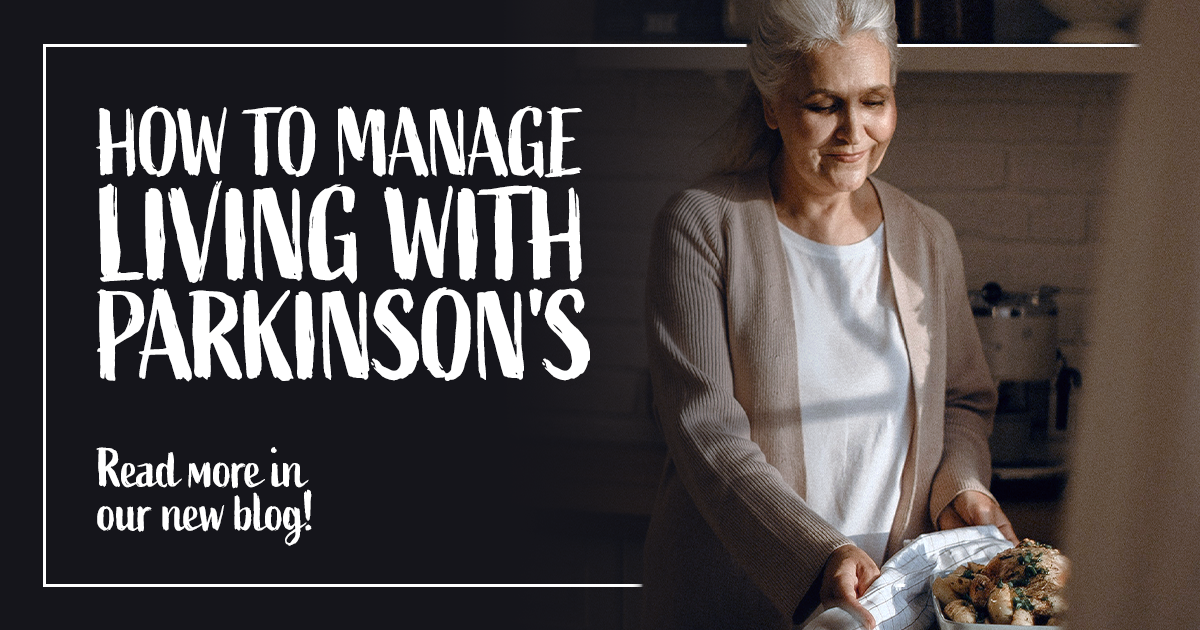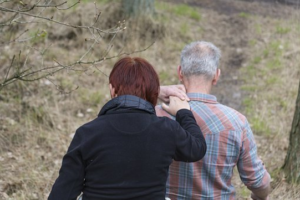Parkinson’s disease (PD) is a progressive disorder of the nervous system that affects movement. Every year, approximately 60,000 Americans are diagnosed with PD. The cause of it remains unclear, and there is no cure. Parkinson’s itself is not fatal, but complications can be severe, so knowing more about it and how it progresses, is vital. Learning how to manage living with PD can take some getting used to, however, it’s still possible to have an excellent quality of life.
How to Manage
Activities those diagnosed once did daily become complicated with PD. Bathing, dressing, eating, sleeping, and walking are a few of the routine things that may no longer come naturally to you. Accepting new ways to accomplish tasks and recognizing when extra support is needed will help.
Some tips that can help ease daily life with Parkinson’s are included below:
Mobility– Taking a walk with a friend, gardening, walking during commercials, or dancing to music are great ways to build movement confidence. As PD progresses, the use of a cane, walker, or wheelchair may be needed. The Parkinson’s Foundation has some helpful advice to consider when choosing these extra support options.
Home Safety– PD-related tripping or “freezing” episodes can lead to a sudden loss of balance or fall. Good lighting, stable furniture, and non-skid floors are simple ways to make your home safer. For the entire recommended home safety checklist, click here.
Eating– Simple changes can make it easier to prepare, eat, and clean up for mealtimes.
- Prepare– Gather all materials needed at once to reduce trips back and forth. Adaptive cutting boards and utensils make it safer and more comfortable to prepare meals.
- Eat-Buildup eating utensil handles with pipe insulation for easier grip. Plates with guards that allow you to gather food easier and putting non-slip material under your plate or bowl will keep them from moving.
- Clean up– A wash mitt, or dishwashing brush with soap already in it.
- Getting Dressed– Allow for plenty of time to get dressed, and if possible, plan for it when your medication is at optimal function. Stretch ahead of time, and sit on a firm, well-supported chair. Wear lightweight shoes that Velcro or have elastic shoelaces. Velcro can also be sewn into clothing to replace buttons and zippers.
- Driving– Driving is still possible in the early stages, but eliminating distractions such as listening to the radio, cell phone, eating, or drinking will help concentration. If you are unsure about whether you should still safely be driving as PD progresses, you can take an assessment through your local DMV. If you are unable to drive, most forms of public transportation offer services for those with disabilities.
- Bathing and Grooming– Place non-slip bathmats in all baths and shower stalls. Install tub rails and a handheld showerhead. Sit down and prop elbows up on the sink to brush teeth and use an electric shaver and toothbrush. Elevated toilet seats and frames ensure less effort is needed when you need to use the bathroom.
Brain Matters Research is committed to finding better prevention and therapy options for those diagnosed with Parkinson’s disease. To learn more about our upcoming studies for PD, click here.
Reference:
https://www.parkinson.org/Living-with-Parkinsons/Managing-Parkinsons/Activities-of-Daily-Living






